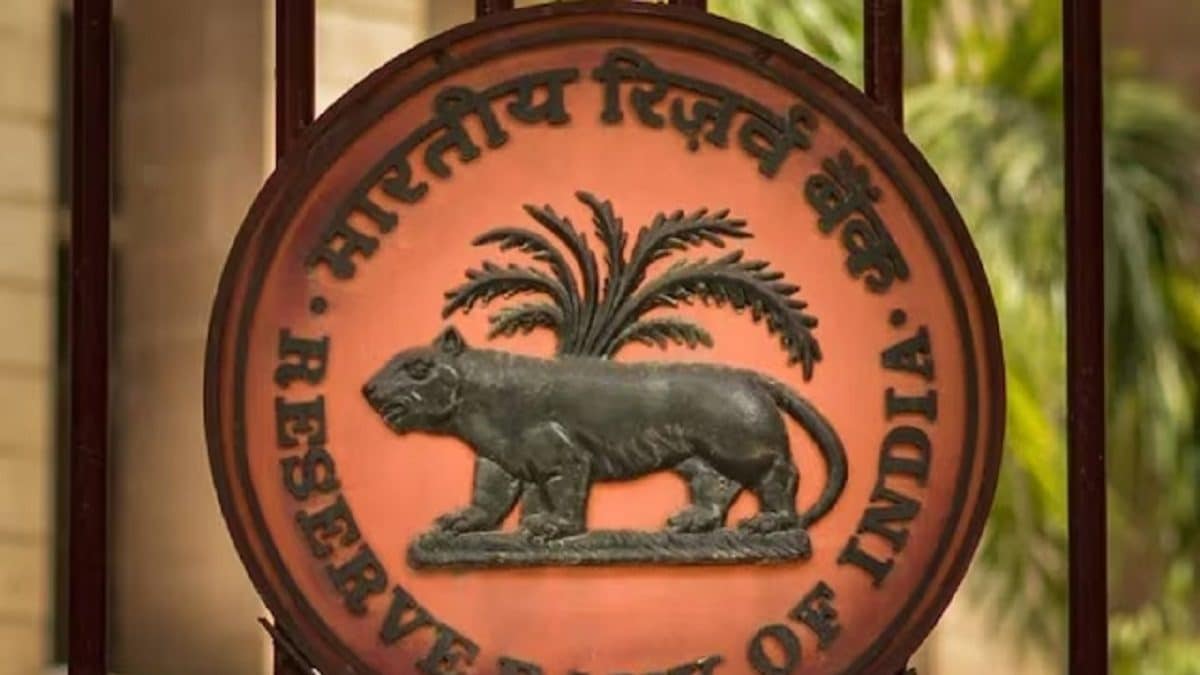Authored by Durgesh Jaiswal & Niharika Gupta:
In today’s fast-evolving financial landscape, the accuracy and reliability of credit models have become more crucial than ever. The Reserve Bank of India (RBI), in its circular issued on August 5, 2024, titled ‘Regulatory Principles for Management of Model Risks in Credit’, introduced a comprehensive regulatory framework that sets clear guidelines for model risk management in the financial sector. This new framework provides financial institutions with a structured roadmap to strengthen their model governance and oversight, which is expected to enhance the stability of lenders.
While this development will indirectly benefit borrowers by improving lending processes, its primary focus remains on improving asset quality. Ultimately, the framework aims to create a more resilient financial ecosystem for both lenders and borrowers.
The Importance of Model Risk Management
The RBI’s circular introduces a much-needed standardisation in the management of credit models, which had previously been inconsistent across the industry. In today’s lending environment, effective model risk management is vital for financial institutions. By providing regulatory guidelines, the circular ensures that models are well-governed, maintained, and regularly validated — both at the time of deployment and on an ongoing basis.
This continuous validation is essential in keeping models updated and reflective of the dynamic financial environment. The introduction of consistent measures ensures that lenders can rely on robust and compliant models, significantly reducing the risk of model failures. With better-managed models, financial institutions can minimise the risk of defaults, thereby maintaining a higher quality of assets and promoting greater financial stability.
Focus on Asset Quality
While improvements in model governance can lead to more efficient lending terms for borrowers, the primary objective of the RBI’s framework is to safeguard asset quality. The focus is on strengthening credit risk assessment processes through stringent model validation and oversight. By doing so, lenders can ensure that their credit portfolios are of higher quality, thereby improving their overall risk profile and stability. This emphasis on asset quality marks a significant shift in the industry, underscoring the importance of reliable credit models in maintaining the long-term health of financial institutions. The framework requires ongoing model validation to ensure that credit models continue to function effectively in a fast-changing financial landscape.
Strengthening the Economy
One of the major advantages of RBI’s circular is its potential to minimise model failures, a key risk for financial institutions. By using validated models, lenders can make more accurate decisions, leading to improved asset quality and portfolio health. This not only protects individual institutions but also contributes to the overall stability of the Indian financial system, positively impacting the economy. Credit risk models, while data-driven, depend significantly on expert judgment and assumptions. These assumptions must be reviewed regularly to account for the dynamic macroeconomic environment.
By preventing outdated assumptions from distorting results, institutions can mitigate model risk more effectively. The circular outlines regulatory principles across three main areas: governance and oversight, model development and deployment, and model validation. Each of these plays a crucial role in ensuring that models are both reliable and effective.
Governance and Oversight
Governance is central to model risk management. RBI mandates that all models be governed by a board-approved policy that includes the selection, documentation, validation, and monitoring processes. Regular updates and approvals from the institution’s Risk Management Committee reinforce accountability and ensure that models are rigorously assessed. Models must deliver consistent, unbiased, and explainable outcomes. Documentation of assumptions, objectives, and approaches is crucial. Moreover, models should be scalable, flexible, and seamlessly integrated into the institution’s core systems, such as asset-liability management (ALM), to enable holistic risk management.
Model Validation
Independent validation is key to ensuring models function as intended. RBI requires that models undergo validation before deployment and be reviewed annually or whenever significant changes are made. This process involves testing underlying assumptions and back-testing results, ensuring that models meet their objectives. External expert validation is also encouraged, adding an additional layer of scrutiny.
RBI’s new framework marks a significant step forward in enhancing the governance and reliability of credit models. By fostering a culture of rigorous oversight and regular validation, the circular paves way for a more stable financial ecosystem. While the framework may not directly lower credit costs, it will ensure that pricing is fairer and more aligned with actual risk, benefiting both lenders and borrowers. In the long term, the adoption of this framework will help safeguard the Indian economy by reducing model failures, encouraging cautious lending practices, and promoting financial resilience.
(Durgesh Jaiswal is vice-president of risk management services at ICRA Analytics; and Niharika Gupta is manager of risk management services at ICRA Analytics)


